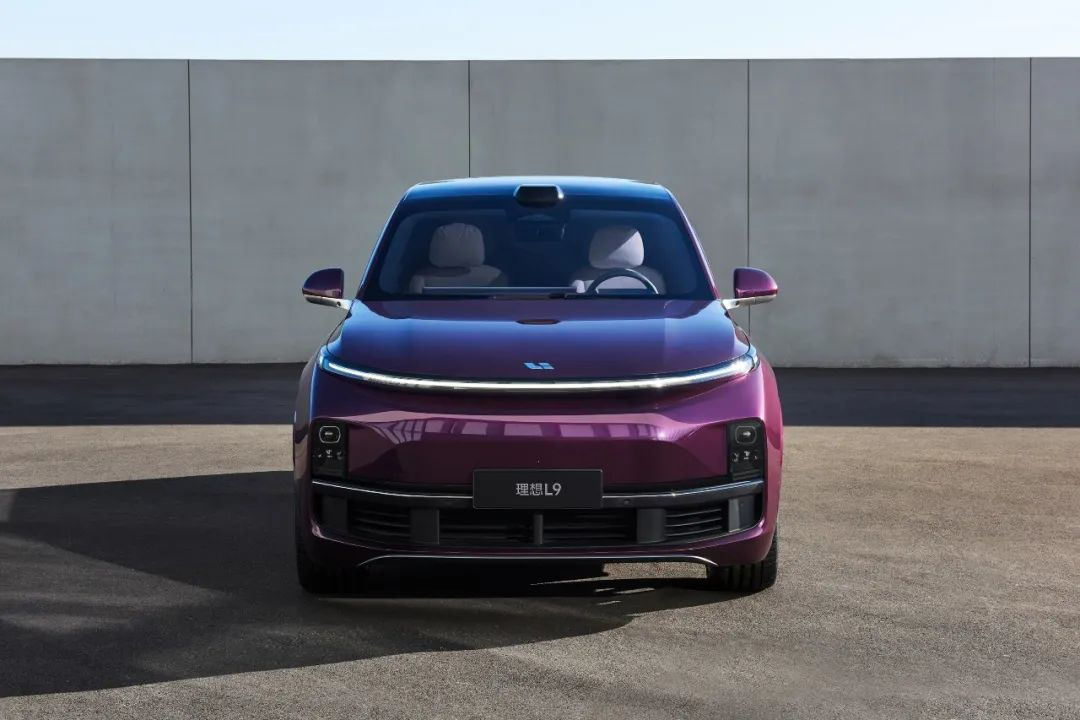Author: Twin Turbo Little Fatty
The release date of the second mass-produced model, L9, from IDEAL has been changed. Originally, it was supposed to be unveiled at the Beijing Auto Show this year, but it may be postponed due to the pandemic. Therefore, the official release of IDEAL L9 will be on April 16th, which is 24 days from today.
Regardless, let’s first wish everyone good health and remember to take protective measures when going out.
Returning to the topic, today is Wednesday and the “weekly spoiler series” for IDEAL L9 continues. Today’s theme is “fully self-developed”. Yes, from the three major product points of the spoiler today, we can tell:
- The flagship range-extender electric system is fully self-developed.
- The flagship chassis control system is fully self-developed.
- The central domain controller is fully self-developed.
Let’s break it down and discuss them one by one.
The flagship range-extender electric system is fully self-developed
In the first and second spoilers of IDEAL L9, we could roughly see the range of its pure electric power in the pictures.
Phase 1: The central control screen displays that IDEAL L9 can drive 200 km on pure electric power and 1000 km on fuel under CLTC working conditions.
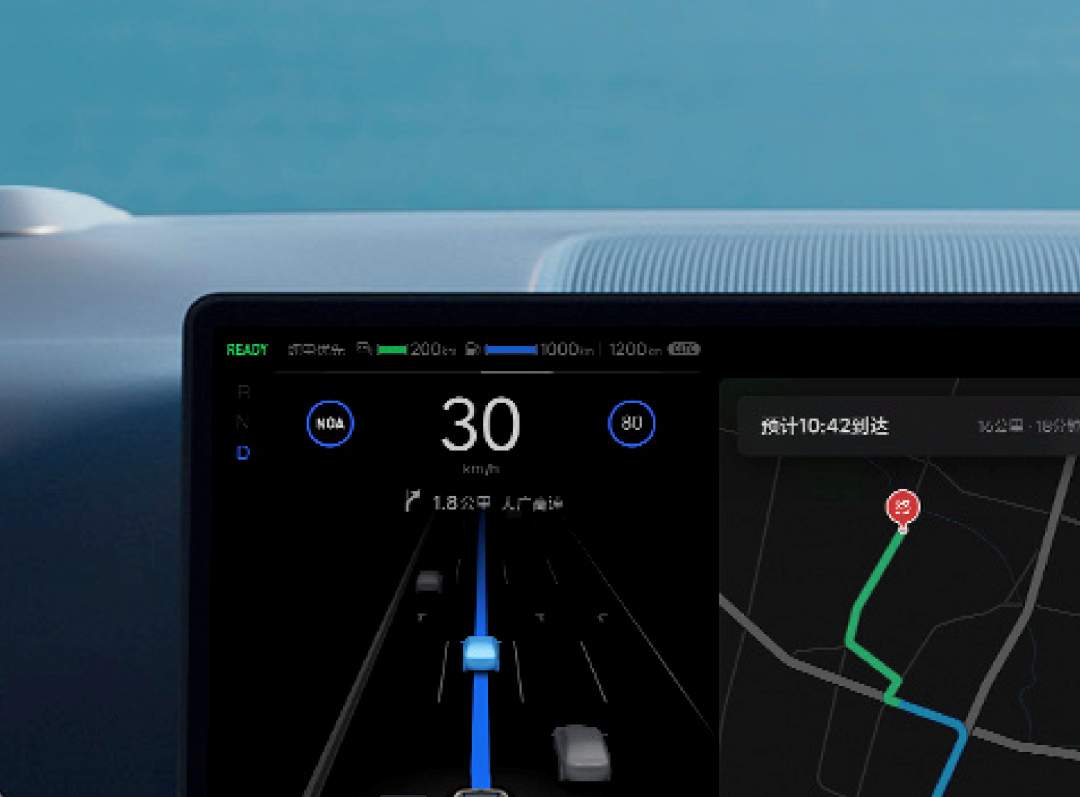
Phase 2: The safe driving and interactive screen displays that IDEAL L9 can drive 196 km on pure electric power and 1000 km on fuel under CLTC working conditions. (At this time, it has driven 5 km, and the average power consumption is 16.8 kWh/100 km.)
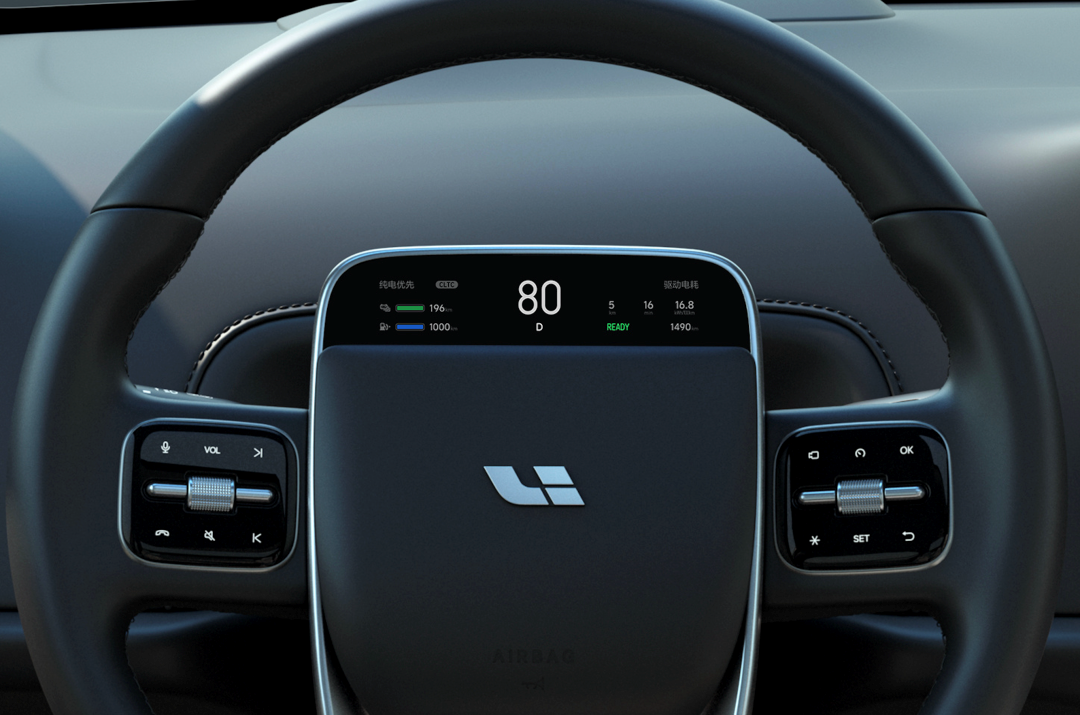
In this spoiler, IDEAL L9 officially announced its true range:
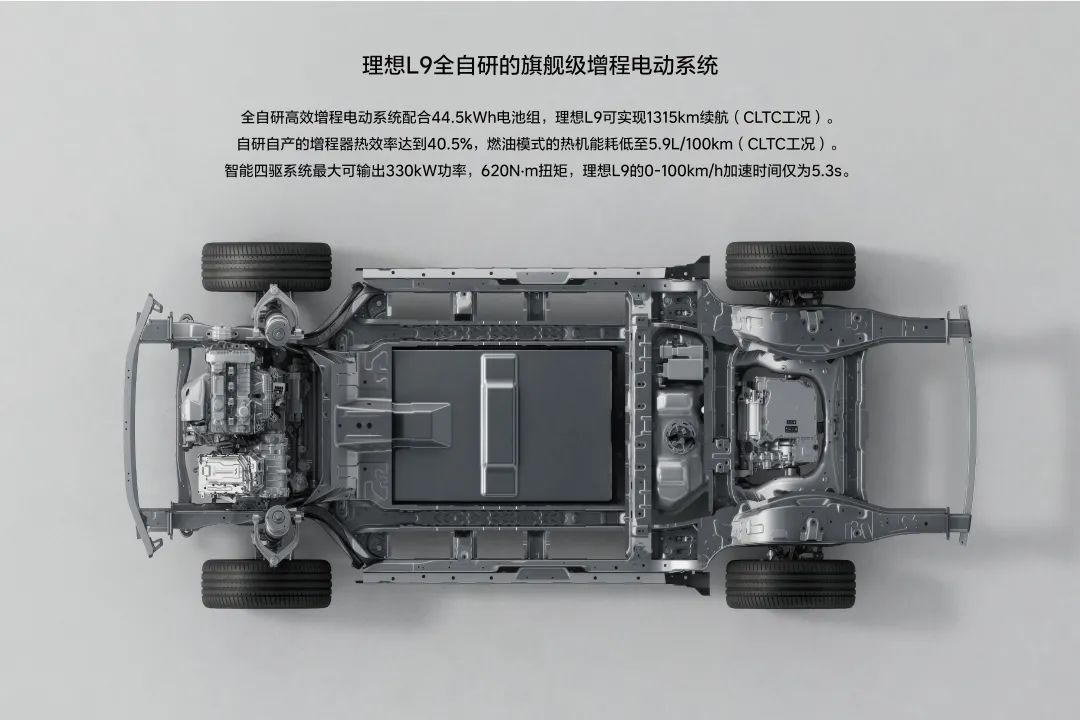
- IDEAL L9 adopts a front and rear dual-motor four-wheel drive layout.
- The maximum power of the front motor is 130 kW, the maximum power of the rear motor is 200 kW, the total system power is 330 kW, and the maximum torque is 620 N•m. The 0-100 km/h acceleration time is 5.3 seconds.
- IDEAL L9 has a comprehensive range of 1,315 km under CLTC working conditions, of which the pure electric range is 215 km thanks to the battery pack’s total capacity of 44.5 kWh. That is to say, the fuel supplement range is 1,100 km.With the advantage of the range-extender electric vehicle driven by the electric motor, the Ideal L9 has surpassed most of the same-sized models. Let’s take a look at the data of the same-sized models (sorted by acceleration performance) below:
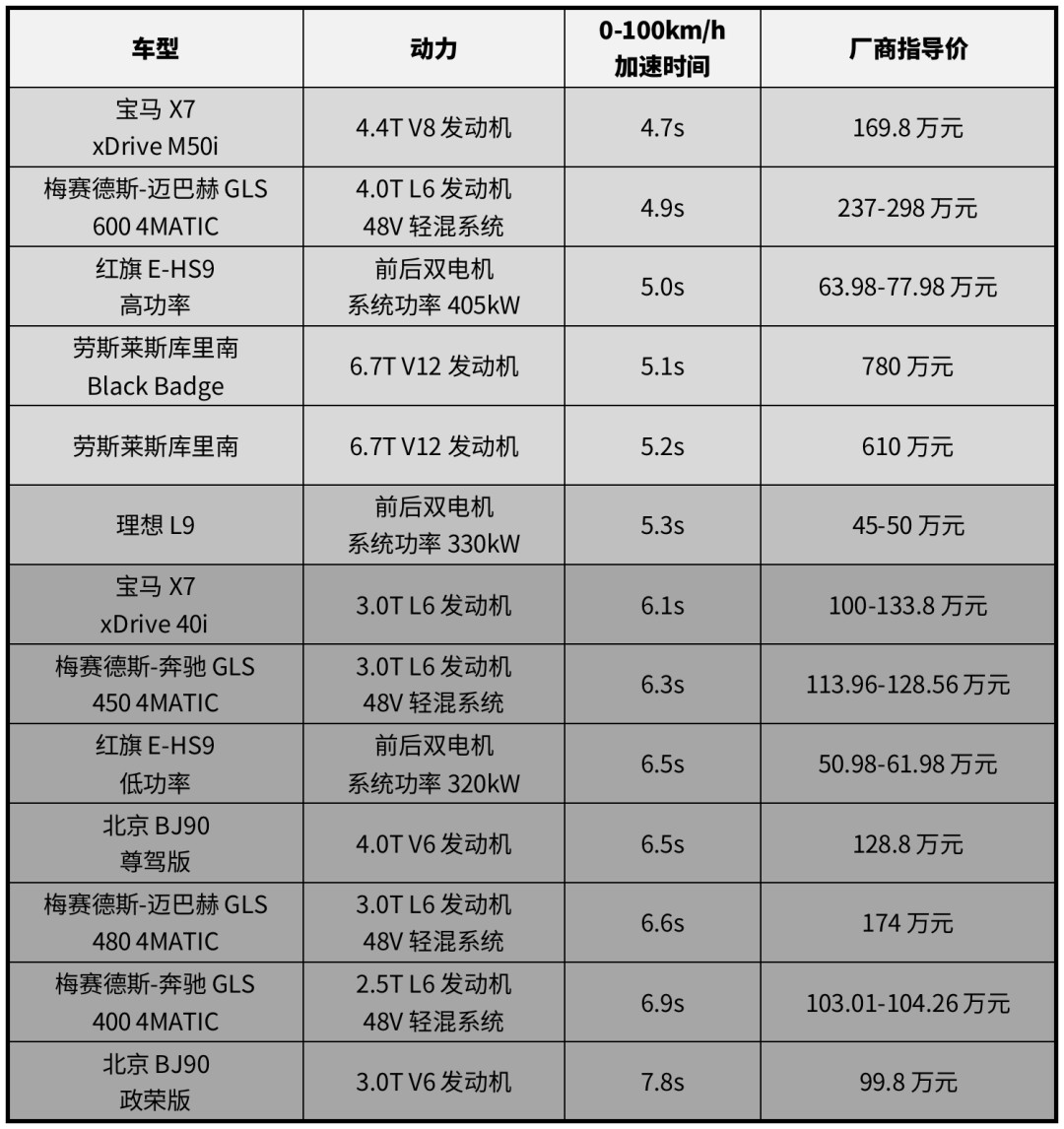
In addition, Ideal also specifically mentioned:
The thermal efficiency of the self-developed and self-produced range extender is up to 40.5%, and the thermal energy consumption of the fuel mode is as low as 5.9L/100km (CLTC condition).
In order to effectively improve fuel economy, thermal efficiency is always an important indicator for both fuel-powered and hybrid-powered vehicles’ engines, as well as the range-extender of the range-extended vehicle.
In the process of engine/range-extender operation, a lot of losses will occur through the transfer and conversion of the produced heat energy in multiple links. Currently, the highest thermal efficiency of most engines/range-extenders is between 35-40%, and the number of models with the highest thermal efficiency above 40% is relatively small.
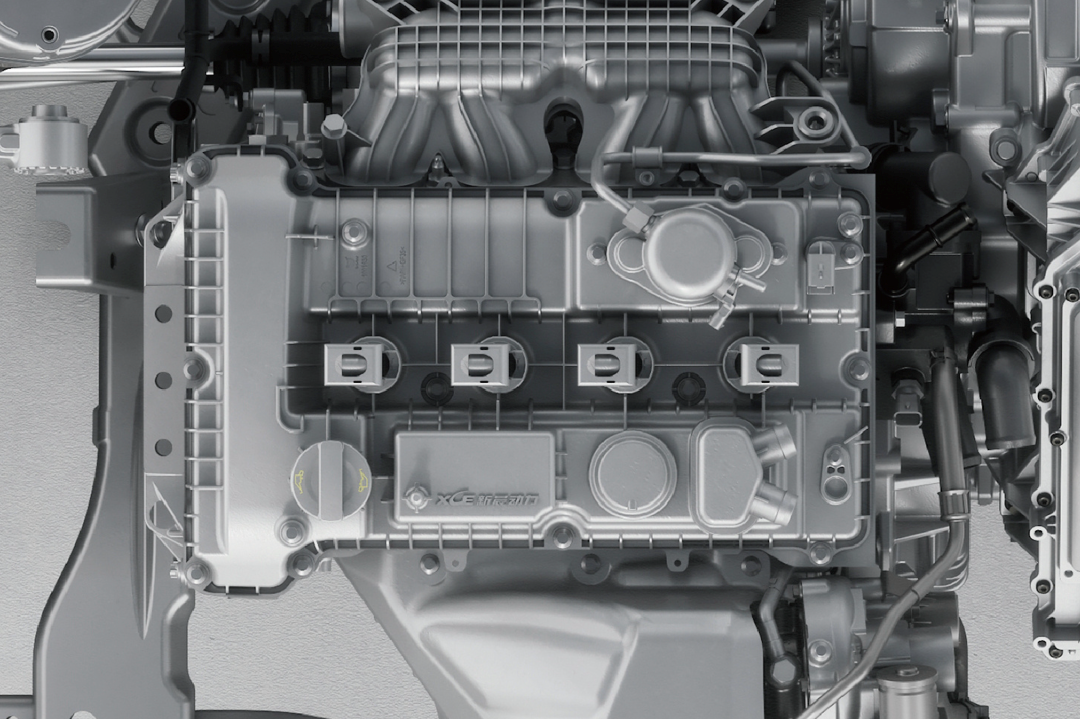
So, what level of thermal efficiency does the new range extender installed in the Ideal L9 have? To compare with a few widely-recognized products.
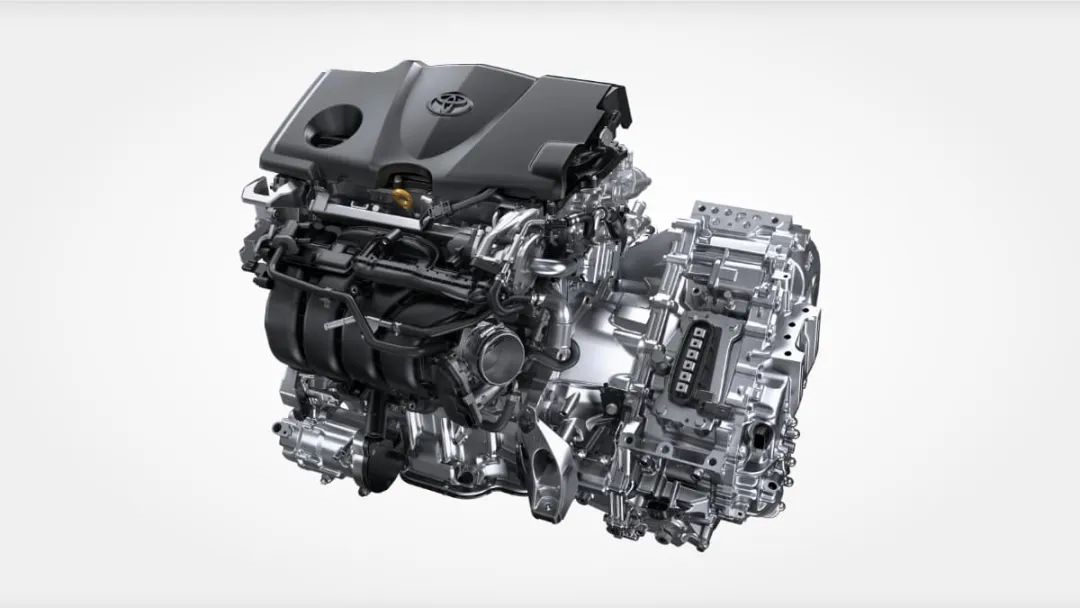
Firstly, let’s compare with the Toyota Dynamic Force engine family, such as:
-
The 1.5L, 2.0L, and 2.5L engines carried by Corolla, Asia Dragon, and Lexus ES, respectively, have a maximum thermal efficiency of 40%.
-
The 2.0L and 2.5L engines carried by the E-TNGA models have a maximum thermal efficiency of 41%.
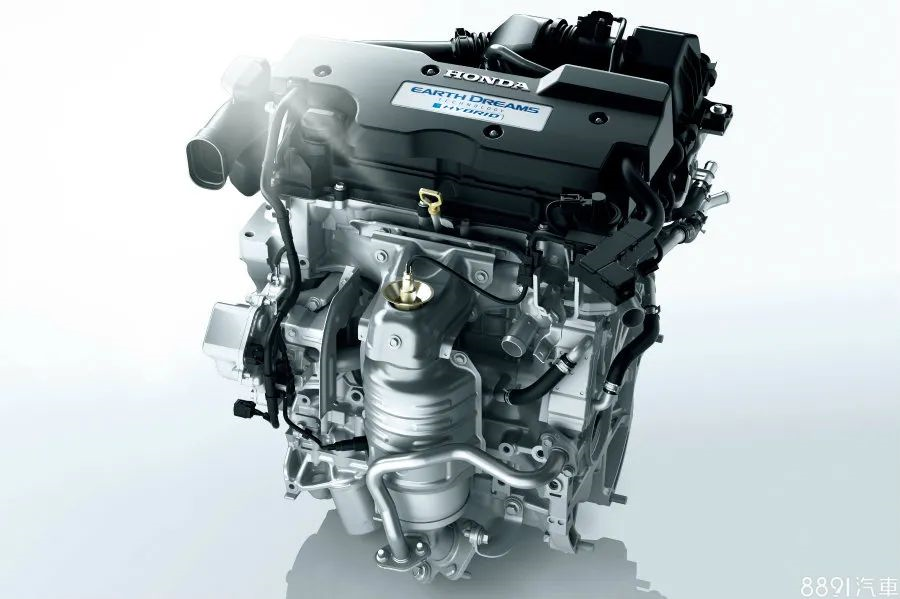
In addition to the Toyota Dynamic Force engine family, the Ideal L9 range extender has a comparable thermal efficiency to the Honda EARTH DREAMS hybrid vehicle engine, such as:
- The maximum thermal efficiency of the 1.5L and 2.0L engines carried by Lingpai Rui Hybrid, Yage Rui Hybrid, and Odyssey Rui Hybrid are 40.5% and 40.6%, respectively.
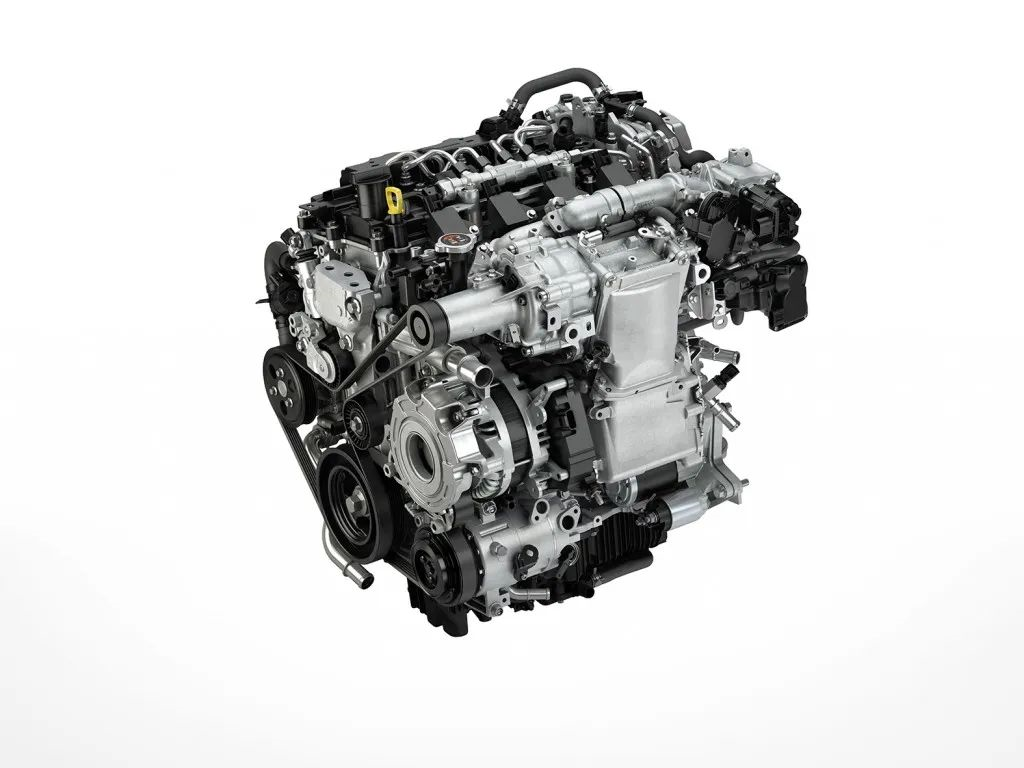
Of course, among the currently available mass-produced products, the engines with higher thermal efficiency have reached up to 43%, such as:
-
The highest thermal efficiency of Mazda SKYACTIV-X engine is 43%;
-
The highest thermal efficiency of the Xiaoyun 1.5L plug-in hybrid special engine equipped with BYD DM-i hybrid system is 43.04%.
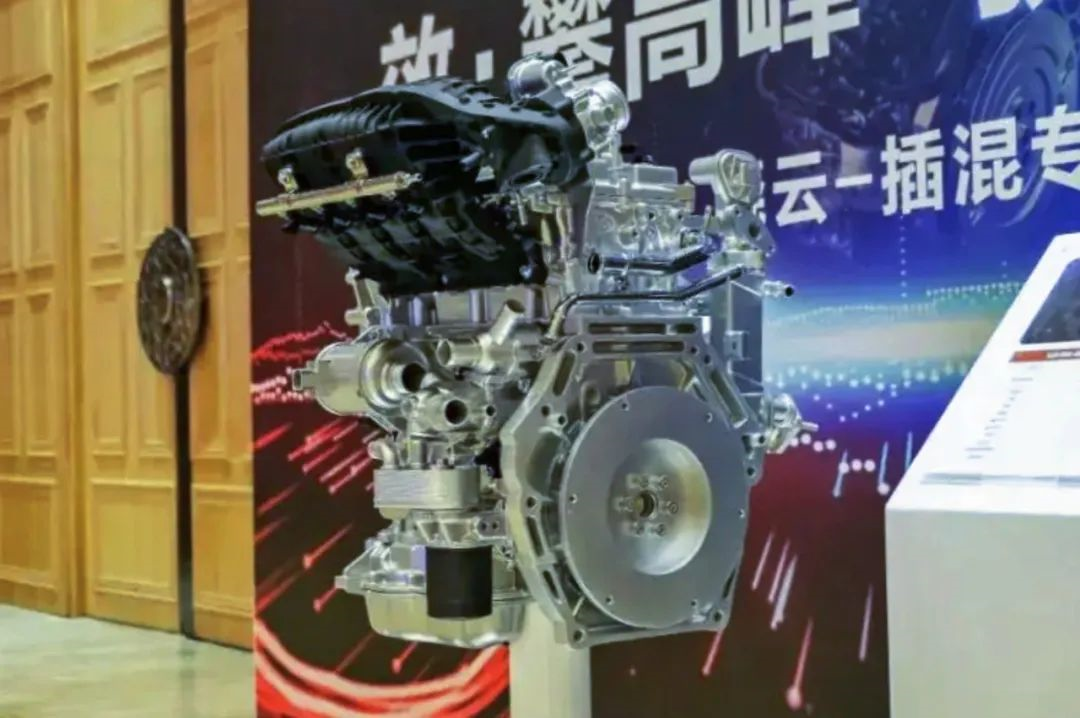
Compared to the turbocharger of the Ideal ONE, the new turbocharger installed in the Ideal L9 this time has a significant improvement in thermal efficiency, breaking through 40%. But compared to LanTu FREE, which is also an extended-range model, there is still a certain gap, and its turbocharger thermal efficiency reaches 41.07%.
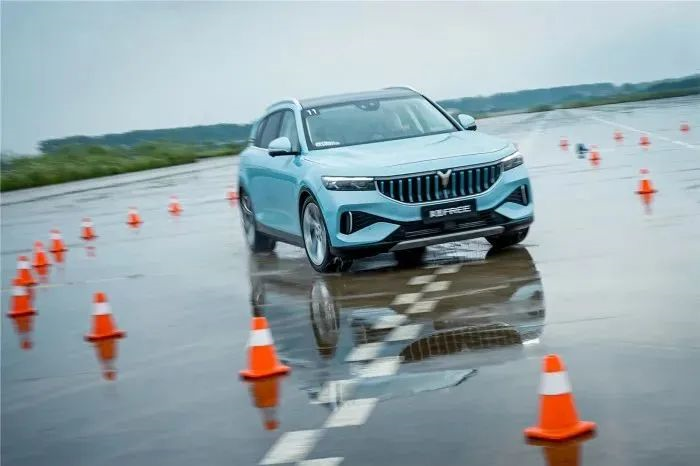
As for the research and development and production of the turbocharger, one thing that can be confirmed is that it comes from the joint venture “IDEAL Xincheng” established by Ideal Motors and Xincheng Power in Mianyang.
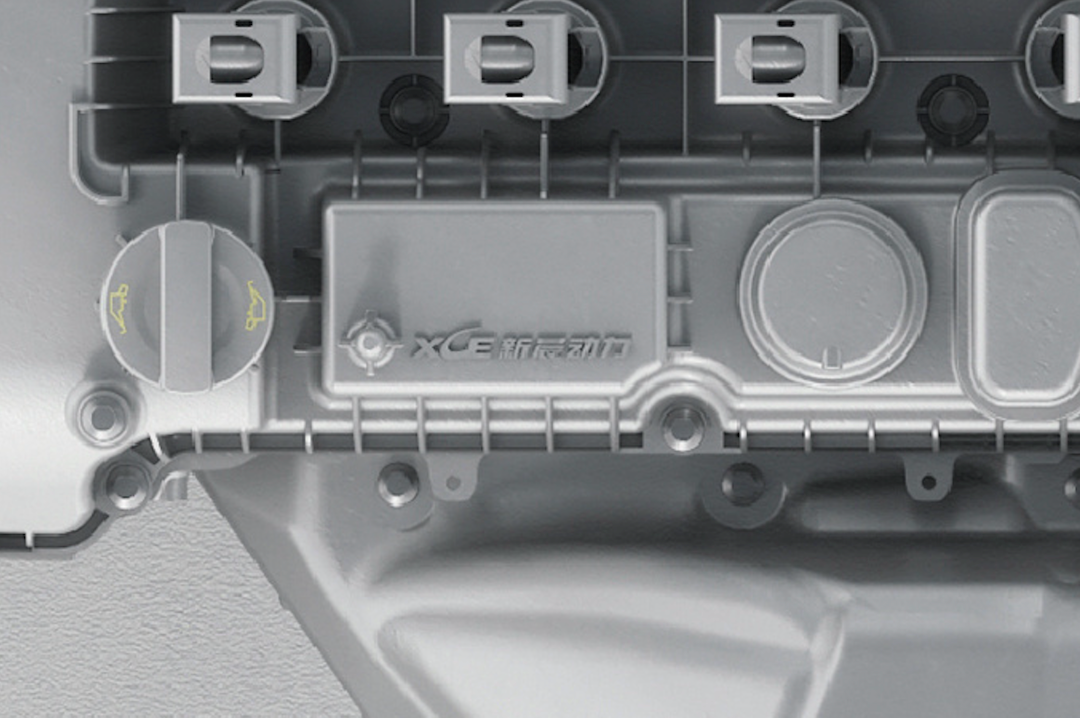
The biggest advantage of establishing a joint venture company for Ideal is that it can fully supervise the entire process of procurement and product quality and obtain better product control.
Flagship self-developed chassis control system
The front “five-in-one” power system of the Ideal L9 includes a drive motor, turbocharger, dual-motor controller, and reducer, and the rear “three-in-one” power system includes a rear-drive motor, motor controller, and reducer.
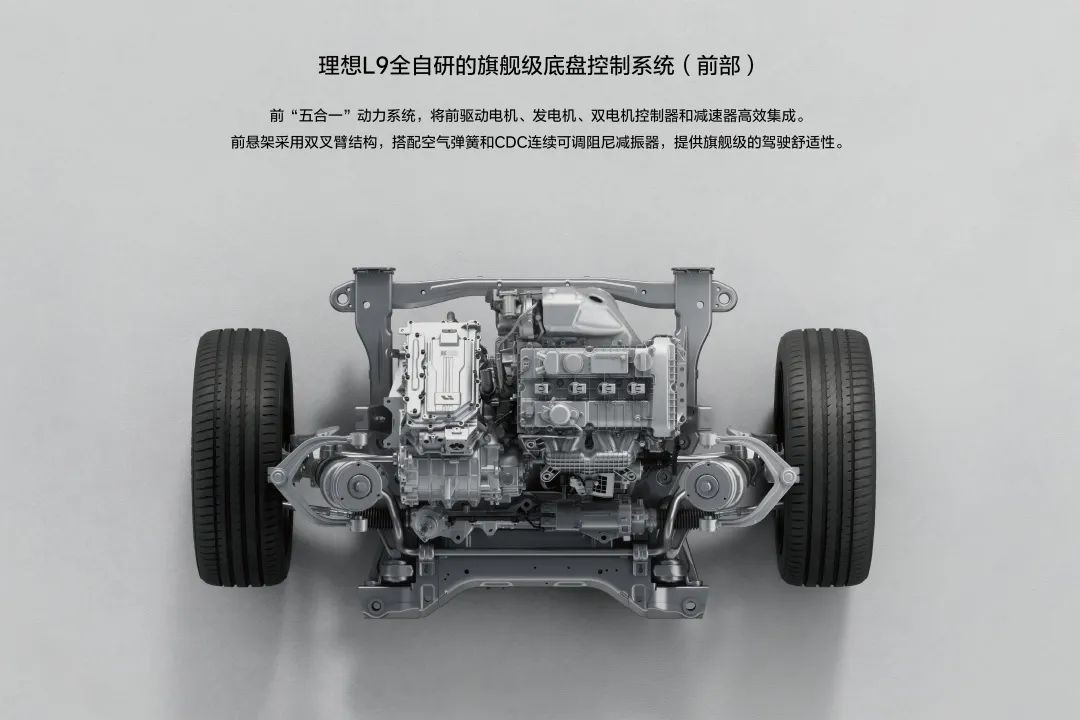
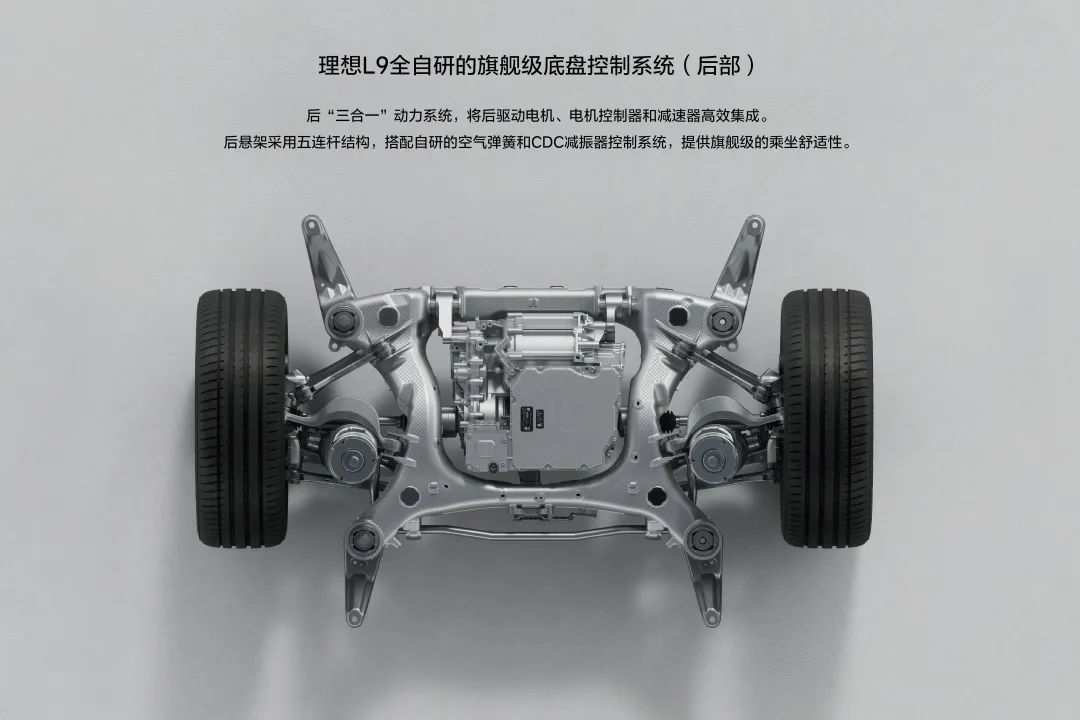
The drive motor of Ideal L9 is a product of the joint venture company “Hui Xiang” between Ideal and Huichuan. From the picture, we can see that the integrated power system layout of Ideal L9 front and rear is quite compact. Therefore, Ideal L9 can integrate an air suspension system with CDC electromagnetic shock absorber into the chassis.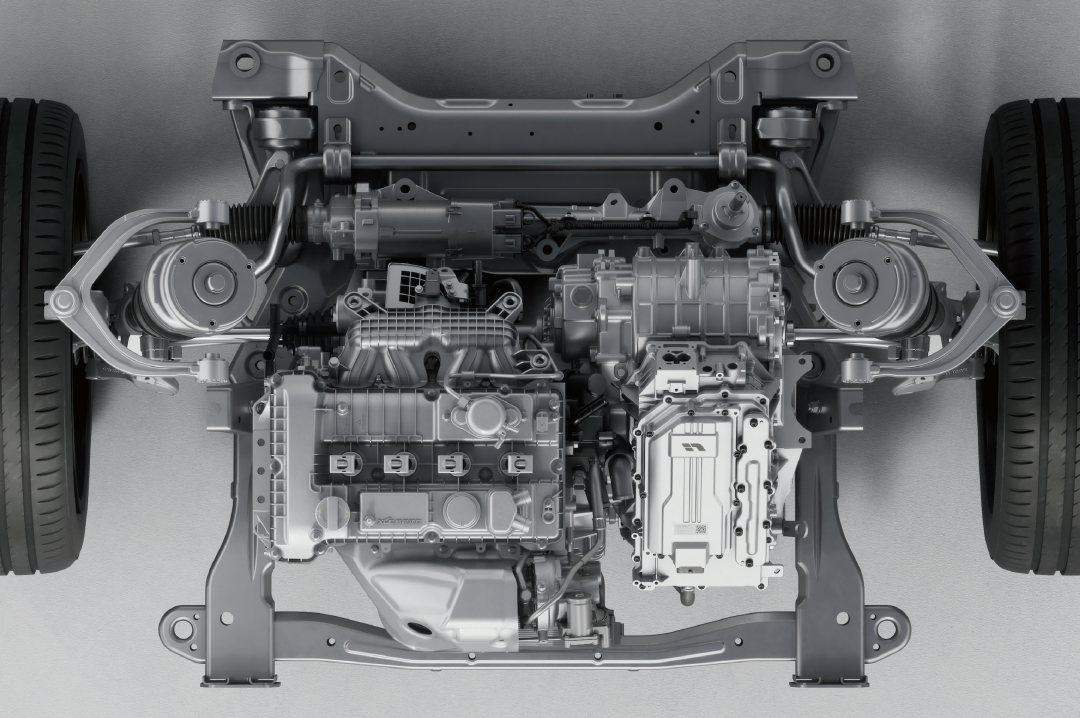
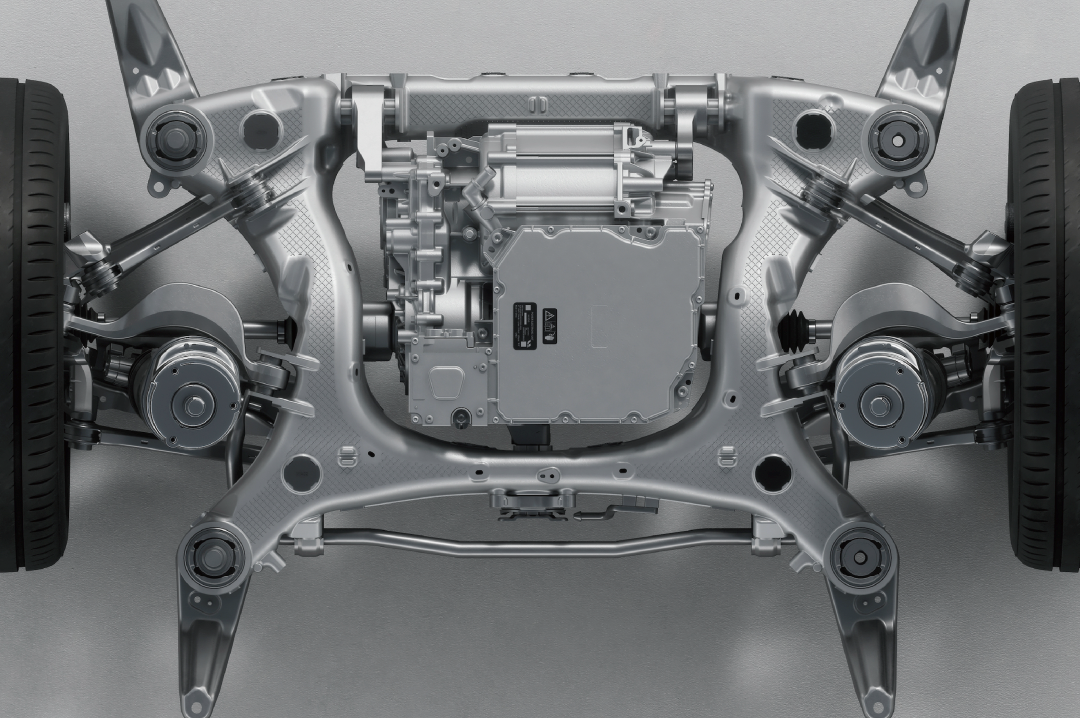
Generally speaking, air suspension has better pressure-bearing capacity than spring suspension. The CDC electromagnetic shock absorber system adjusts the capacity of air in the suspension in real time according to road conditions, which can enhance the control of body roll, pitch and lateral bounce of the vehicle under different road conditions, and improve the stability of high-speed driving and turning.
Meanwhile, the air suspension of the Ideal L9 can automatically lower the body of the car at high speeds to save energy, and provide more convenient access to and from the car and loading and unloading luggage when parking. This is still very necessary for a large full-size SUV like Ideal L9.
However, the models equipped with air suspension on the market have different experiences, and it remains to be seen how the driving performance of the Ideal L9 will be in the future.
Fully Self-Developed Central Domain Controller
In the spoiler of the Ideal L9, it is mentioned that:
The fully self-developed central domain controller will use NXP’s latest S32G automotive-grade chip. Ideal Automobile has completed the research and development of all hardware, systems, and software, including the functions of the extended-range electric system, air conditioning system, chassis system, and seat control system. This better guarantees the range and timeliness of OTA updates for the Ideal L9.
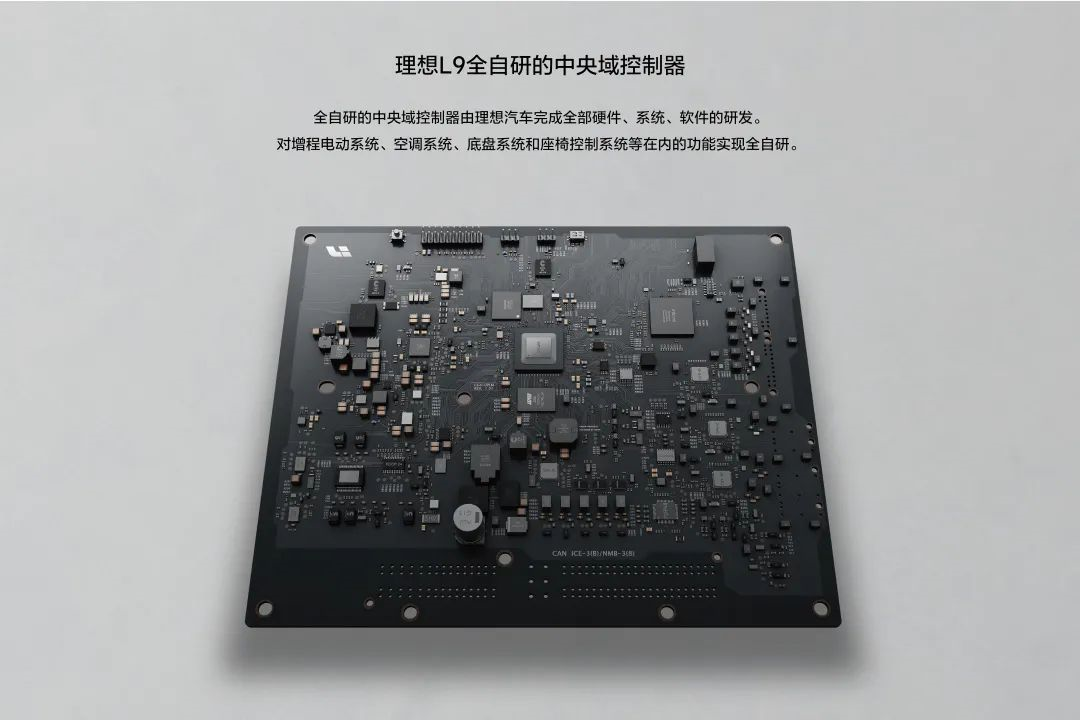
From this information, it can be seen that the central domain controller of the Ideal L9 integrates VCU, central gateway, part of BCM, and part of BMS at the same time.
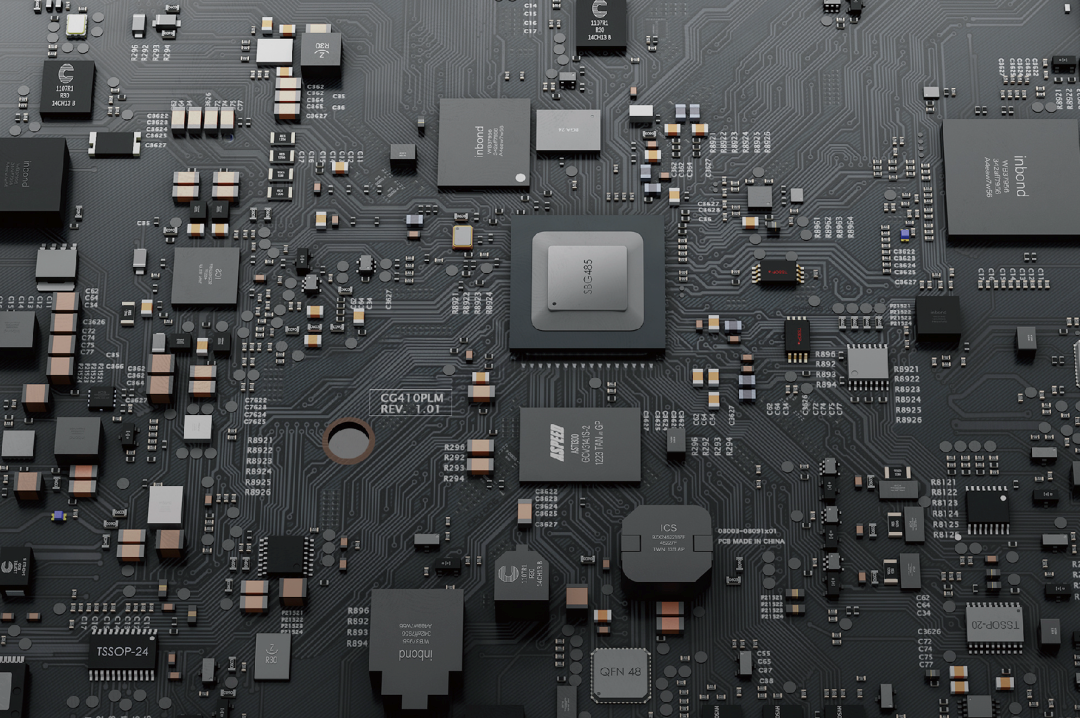
Currently, NXP’s S32G automotive-grade chip has two series: S32G2 and S32G3. The S32G2 series processor has been put into production in April 2021, and the S32G3 series is still in the sample stage with plans to achieve mass production in the first quarter of 2023.
The S32G2 automotive-grade chip is equipped with 4 Arm Cortex-A53 cores using Arm Neon™ technology and up to 3 Arm Cortex-M7 fully synchronous cores.- The S32G3 automotive-grade chip is equipped with 8 Arm® Cortex®-A53 cores using Arm Neon™ technology, and up to 4 Arm Cortex-M7 dual-core lockstep (DCLS) complexes.
S32G3 supports 20MB on-chip system SRAM, which is an improvement from S32G2’s 8MB, and enhances the integration of real-time multi-domain fusion. S32G3 can provide up to 2.5 times the computing power of S32G2, while also improving the network bandwidth, thus supporting the “software-defined car” feature.
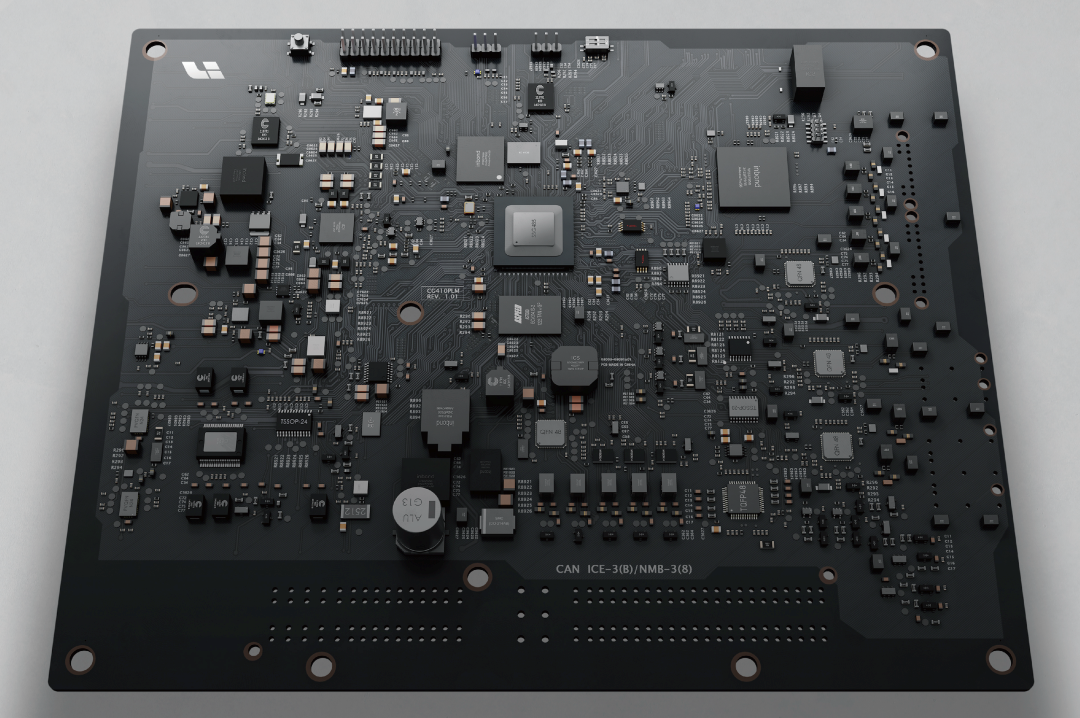
The advantages of the self-developed central domain controller are mainly reflected in two aspects:
-
On the one hand, the computational performance has significantly improved, meeting the requirements of the new electronic and electrical architecture, while also providing more scalability;
-
On the other hand, it allows for future OTA upgrades. With the integration of relevant functional modules, BYD can achieve a more comprehensive OTA upgrade without depending on different module suppliers.
Finally
This is already the third preview of Ideal L9. Next Wednesday, Ideal will bring a new episode of L9 preview. Now, the information I am most concerned about is the information on the intelligent driving platform.
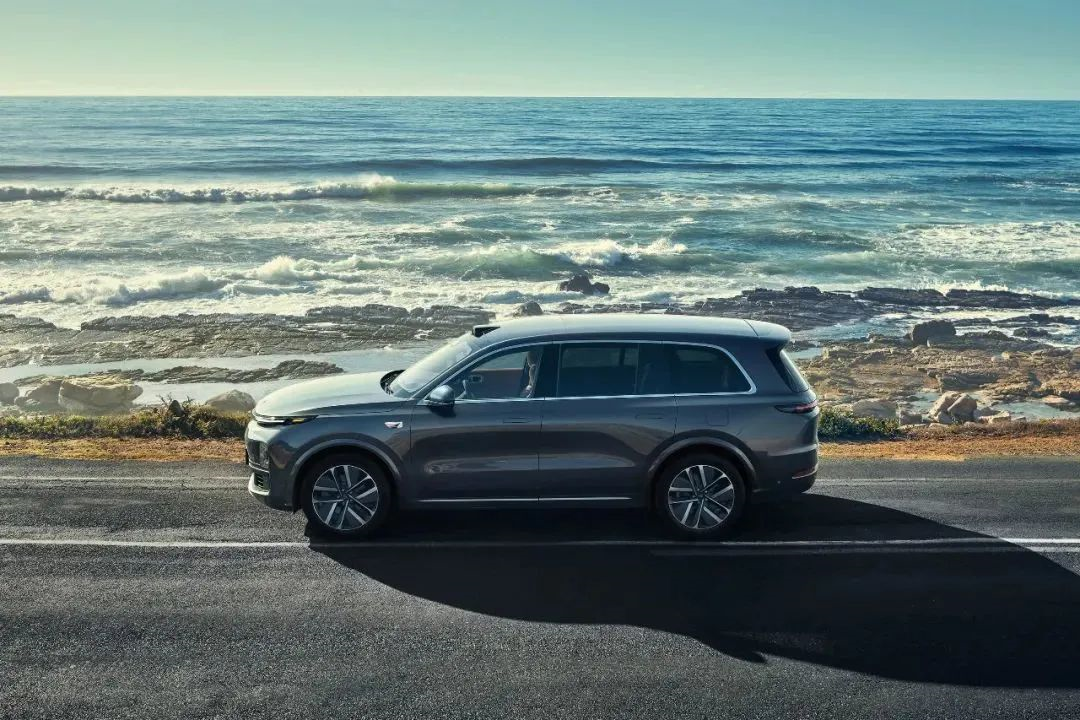
Currently, we have learned about the information related to Ideal L9:
The official release date, exterior and interior design, new car paint color, new wheel styling, some cabin configurations, some driver assistance configurations, new interaction modes, power system configurations, chassis system configurations, and electronic and electrical architecture…
And the price range: 450,000-500,000 yuan (depending on the configuration).
So, following the “routine” of Ideal ONE, will Ideal only release one car model? And for Ideal L9, what will the so-called “configurations” be that generate a price difference of 50,000 yuan?
Would you like to guess together?
This article is a translation by ChatGPT of a Chinese report from 42HOW. If you have any questions about it, please email bd@42how.com.
